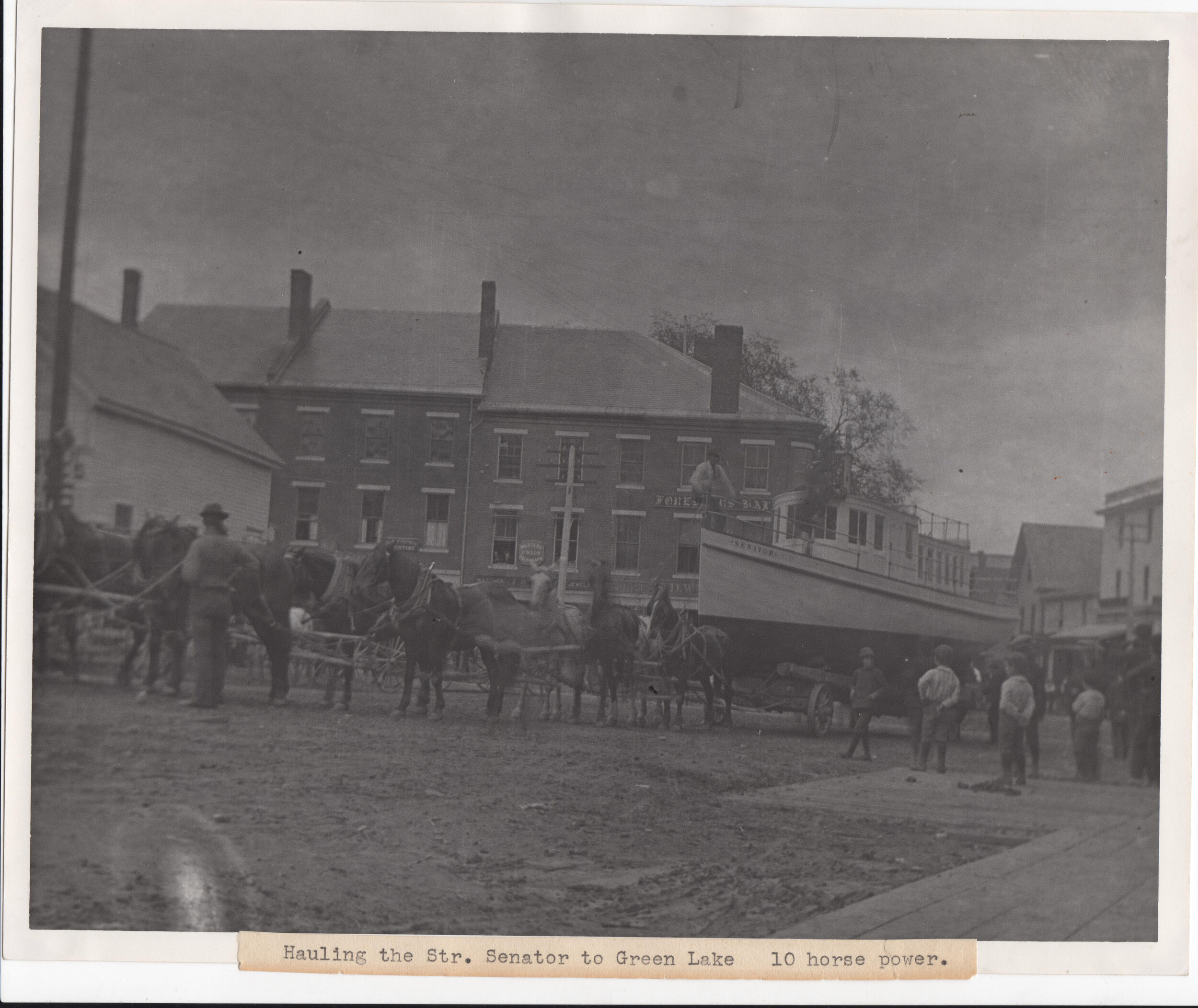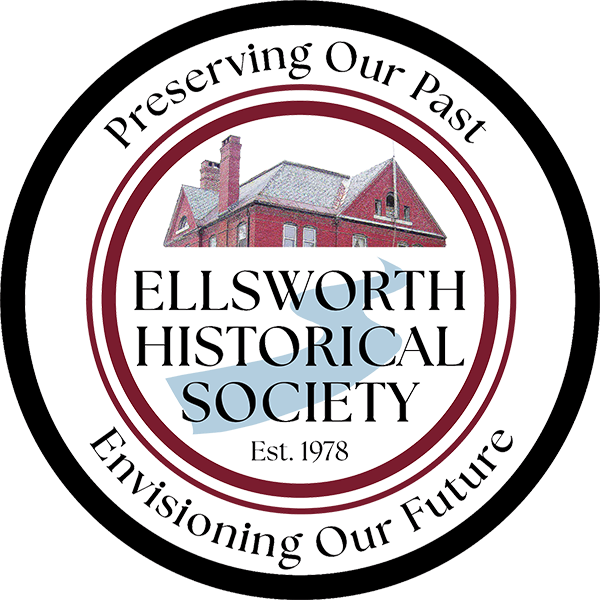Panel 1: Dr. Charles C. Knowlton School and Factory
Knowlton Park was named after Dr. Charles C. Knowlton, M.D. He was among the leading practicing physicians of Ellsworth and Hancock County since 1903.
This plot of land was once the location of the Cole Shoe Factory. Owned by B.E. Cole and Co of Boston Massachusetts and built in 1889.
The factory measured 165 feet in length and 50 feet in width. The cutting and stitching rooms were on the third floor, the “bottoming” room was on the second floor, the sole leather room and the treeing, dressing room and offices on the first floor.
The Cole Shoe factory could produce 125 dozen pairs of shoes in a day.
On the night of March 8, 1957, the factory was destroyed by fire.
The destruction of the factory opened up an area for Ellsworth’s first modern grammar school “Knowlton Elementary School” opened in 1961 and was designed by Nicholas Holt of the firm Krumbhaar & Holt.
Holt served in US Army Intelligence under General MacArthur in Japan 1946 -1947.
The school opened in1961, closed in 2008, and was torn down in 2011.
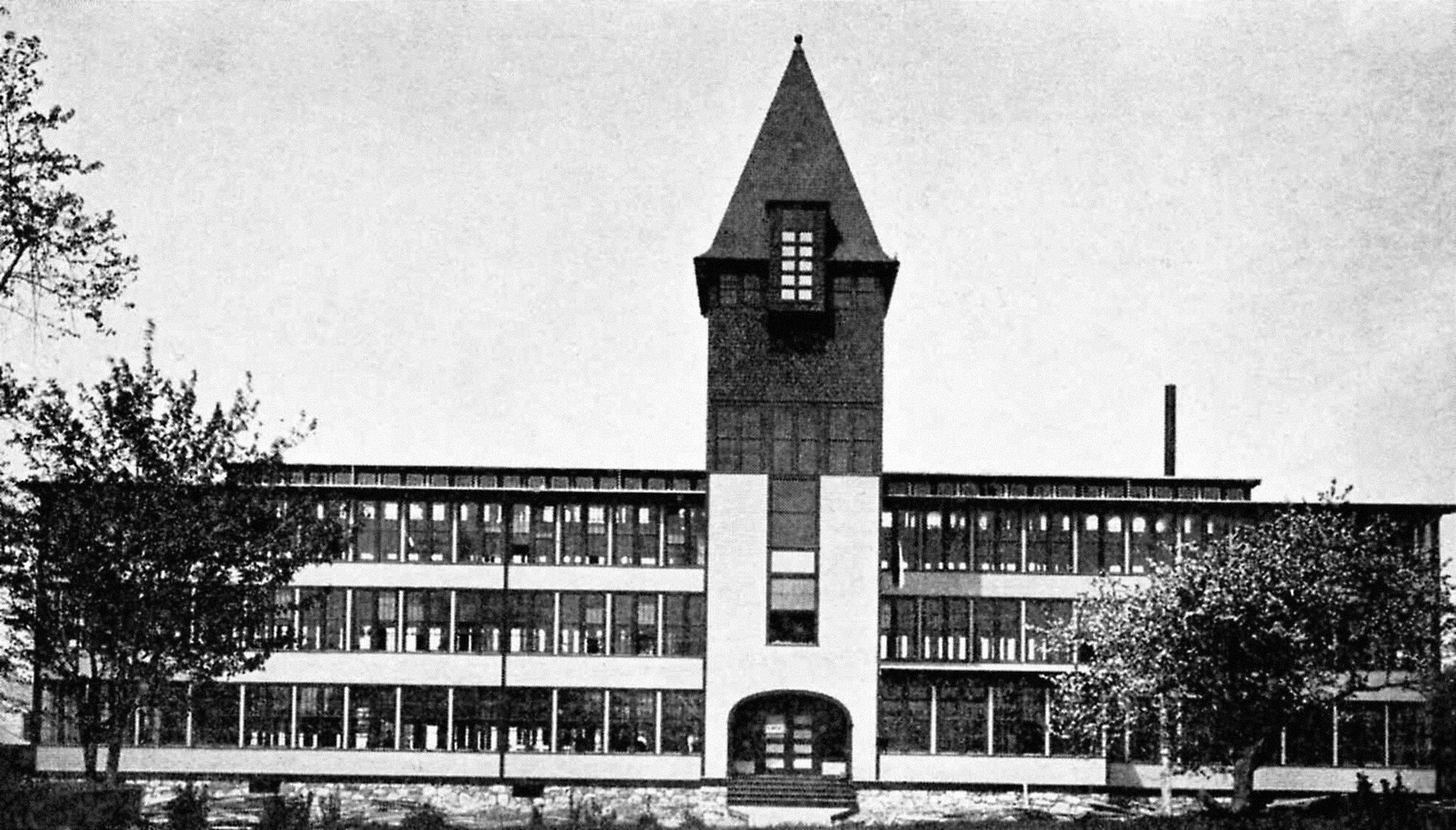


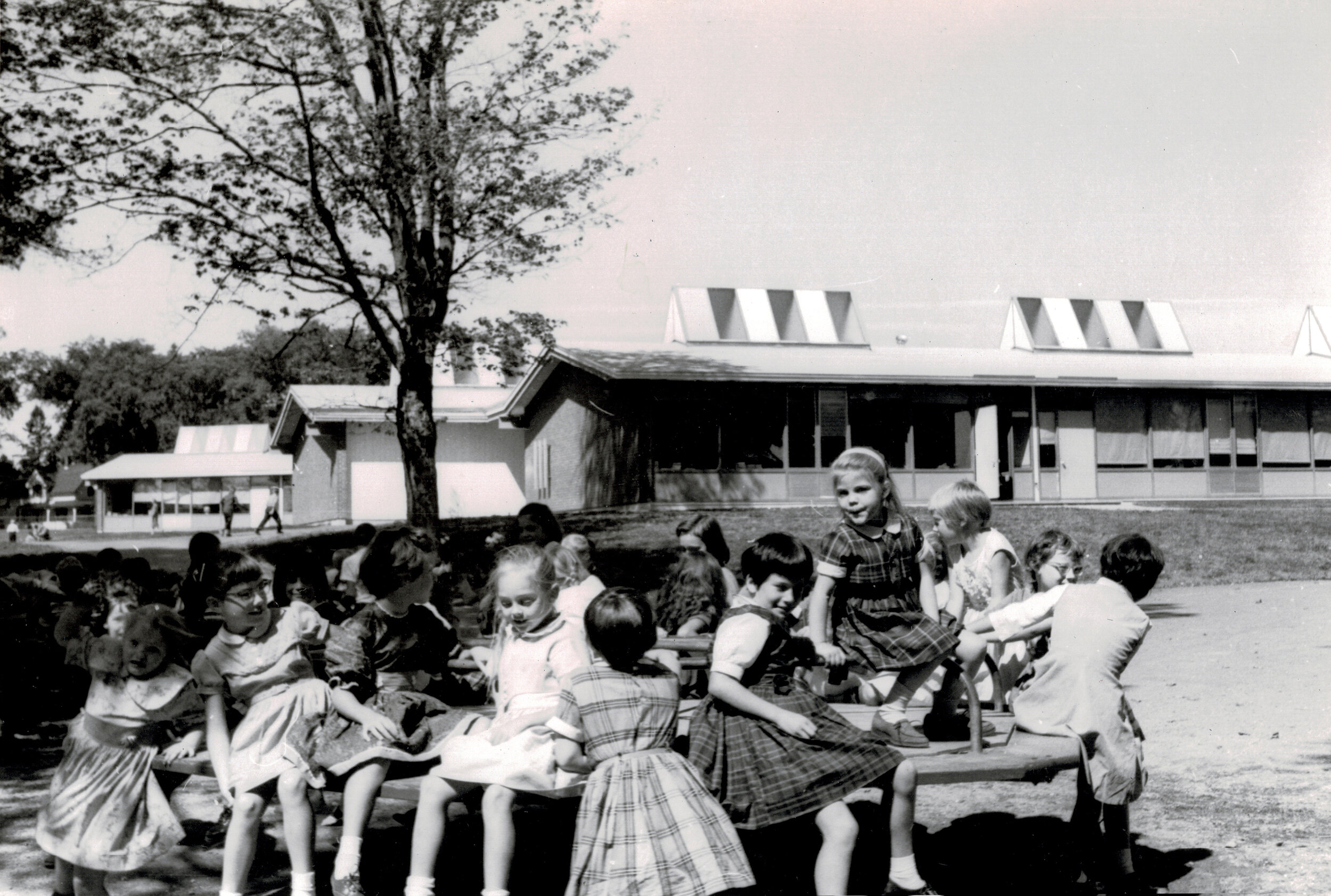

Panel 2: General Bryant E. Moore (Moore Community Center)
General Bryant E. Moore was born on June 6, 1894, in Ellsworth.
In 1917, he graduated from the U.S. Military Academy (West Point).
During WWII, Moore served in the Pacific at Guadalcanal.
General Moore received the Distinguished Service Medal and was promoted to Brigadier General in 1943 for his service in the Pacific.
In 1945, he was awarded an Oak Leaf Cluster and promoted to Major General for his success at Antwerp and on the Siegfried Line.
After more military service overseas, Moore returned home in 1948. He was appointed Superintendent of USMA (West Point) in 1949. In 1951, when the Korean War broke out, Moore was called to service. Shortly after his arrival and during a reconnaissance mission, his helicopter crashed into the Han River. After returning to his quarters, General Moore died shortly thereafter.
He is buried at West Point.

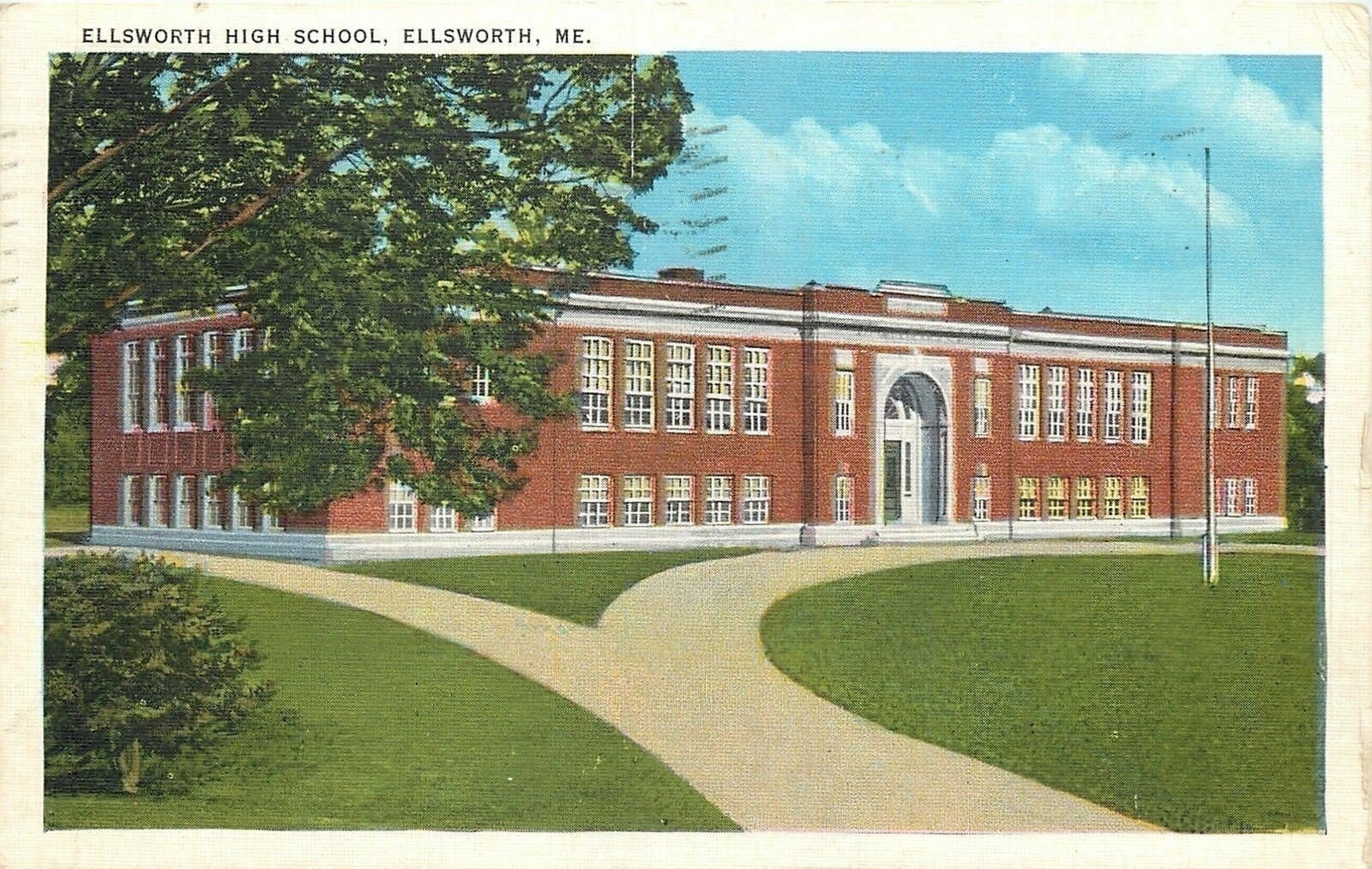

Panel 3: Hancock County Courthouse and Old Jail
In 1885 a Court House and County Jail were built on the lot that was Judge Peters’ field.
The Court House and Jail were designed by Portland Architect Frances Fassett.
Fassett was known for working in high gothic and Queen Ann styles.
In January 1886 Sherriff Dorephus Fields moved into the Sherriff’s Home and Jail with his family.
The Ellsworth American published this about the new jail: “The new jail house is a substantial brick building two stories in height containing eleven finished rooms, heated by steam, and we should say is very convenient throughout. The jail itself in most through construction and is well aided to the use of a county prison. It contains 16 cells 12 of which are for criminals and four for poor debtors. This structure is one of massive masonry and strong fastenings and we predict that those who become its inmates with not be likely to break jail.”
The Courthouse was also built at this time for the sum of $100,000.00 featuring fire-proof rooms.
The imposing structure was destroyed by fire in 1930 said to have started in the attic or near the back of the wall in the courtroom or small jury room.
The Courthouse housed a law library described as one of the finest this side of the Penobscot river.
Two men were killed when the belfry tower, made of brick, fell and claimed the lives of Lester Salisbury and Raymond L. Peavey.
The Courthouse fire resulted in loss of town records, with a few miraculous exceptions. The registry of Deeds had just been housed there in a fire proof room and included records from Waldo, Penobscot, and Hancock County.
Most of the records from the Clerk of Courts were also saved because they were kept in the fireproof room, but much was damaged from water and debris.
The “finest Law library east of Portland,” valued at $25,000.00, was destroyed completely.
The current courthouse was built after the fire and in an art deco style, on the foundation remains of the 1885 Courthouse. Some of the exterior rear walls are still the same, and the tile floors still remain in some of the rooms, as well as the fireproof doors.
Panel 4: Ellsworth Public Library and Peters Block
TISDALE HOUSE
Constructed in the Federalist style in 1817 by Colonel Melatiah Jordan for his son Benjamin. Judge Joshua Hathaway purchased the property followed by Seth Tisdale for whom the property is named. In 1897, George Nixon Black renovated the building, adding the beautiful Palladian windows.
Black donated the building to the City of Ellsworth to be used as a library.
The addition was built in 1991.
PETERS BLOCK
Named for Andrew Peters, the block is actually six buildings. Five buildings were built in 1837 by Andrew Peters, John Hubbard, Thomas Robinson, John Jarvis, and James Whiting. The sixth building was built some years later by Seth Tisdale and located closest to the Tisdale House. It was ravaged by fire in January 1907, destroying the third floor, which was never replaced.
The series of connected three story brick buildings were built in 1834 during the years that Ellsworth was growing as a port for shipping lumber.
Early businesses located in the “Peters Block” included mercantile stores, a newspaper office, and a bank. The sixth structure, added later, housed the Esoteric Lodge.
There are five distinct buildings, each having a different owner and builder. Andrew Peters owned the corner building.
Both structures survived the 1923 flood and the 1933 fire.





